Recently, Goji berries have gained great popularity. They are used both to replenish the organism of the useful substances and to reduce the number of fat cells. However, not everyone knows that the scientific name of this culture is the Tereza ordinary (Lycium Barbarum). The fruits of this plant are still called "Wolf Berry" or "Tibetan Barbaris". The name "Goji" came to us from China, it is there that such a name has the fruits of the union ordinary. Goji berries today are grown in fertile Himalayan valleys. Their homeland is considered Tibet, Ningxia-Huiesky district. These fruits today are rightfully related to the most valuable drug cultures existing in the world. Next, we will tell about how to plant and grow a breeze ordinary in Russia.
Dereza ordinary. Culture characteristics
The Goji plant (Tereza ordinary) is a low-spirited shrub belonging to the Polenic family. The plant is cultivated in different countries. Consider where the derane is growing ordinary. Thus, culture can be found in China, in Asia, in Kuban, in the Caucasus, in Ukraine and in some regions of Russia.
Shrub Dereza ordinary has the following distinctive features:
- Fragile shoots of this culture are covered with thin spines. The length of the branch reaches about 340 cm and hang down. They have a yellowish tint. Thanks to the beautiful color range of plants, it is counted for decorative species.
- The bark usually has a gray shade.
- During flowering, flowers have purple or gentle pink color. The soft aroma of flowers is also noteworthy, thanks to which the deres is popular with summer gardeners.
- Goji's fruits are usually small in size, up to one and a half centimeters in length, in color they are bright red or orange. The appearance of fruits can be expected on the 2-3rd year after planting a culture on the site.
- Ordinary bodies are fairly juicy. It is worth noting that there is no case in the raw form. Therefore, the fruits are usually dried in the shade, only after drying they can be used. The taste of dry berries sweet-salty, sometimes there are acid. To taste, they are the same as full.
- The composition of these berries contains a very large number of different nutrients, vitamins, calcium, antioxidants, zinc, phosphorus, iron, and other beneficial components.
- The diameter of the Kneeza bushes is about 600 cm.
- The plant has a large root with a lot of branches. Due to the massiveness of the root system, the culture can not be planted on all types of soil.
- Dereza leaflets have a beautiful shade. From above, they are painted in green, and below - in a gray color. The shape of the leaves is elongated, oblong.
- Saplings of Dereza ordinary begin their bloom since the beginning of summer. Culture pleases with its bloom throughout the summer period. In September, after the plant blends, the appearance of fruits can be expected.
Veresa ordinary varieties
There are several popular decorative varieties of culture:
- "New big" (New Big). Otherwise, the Polish Dereza is called. The berries of this culture variety have a non-traditional oblong shape, but round. Fruits are distinguished by a sweet taste and rather large sizes. During the flowering period, the plant is a good honey. The cultivation of the Dereza of this variety is possible both in rural areas and within the city, as the culture is considered unpretentious and in the process of growth is resistant to strong gusts of wind, smoke, etc.
- Dereza Chinese (Goji Lyciet). It is considered a secondary variety. Culture grows in the form of a low crawling shrub having curly shoots. Plant stem is covered with small spines. Leaflets of the plant of this variety are oblong. Flowering of this type of Dereza is observed at the end of summer. Dachnings love this variety for the fact that it gives a large number of fruits.
- "Goji Lhasa" (Goji Lhasa). Suitable for growing in average latitudes of Russia. Refers to early varieties, as the appearance of berries can already be expected a year after the seeds landing. The fruits of this variety of cultures are distinguished by large sizes.
- Dereza Russian. The cultivation of the Dereza of the ordinary one variety is possible in Russia. It grows in the form of a low shrub, the stems of which are covered with small spines. In the bushes of this variety there are many branches decorated with cylindrical leaflets. This variety blooms early, the appearance of flowers can be expected already in the middle of the spring period.
- The hybrid view of the Dereza "NR1 LifeBerry". It can be grown in the conditions of our climate. It is characterized by good resistance to frosts, as well as to the effects of certain diseases and parasites.
The reproduction of Dereza ordinary
The reproduction of Dereza passes in several ways:
- Seeds. This method is the most popular. The seeds of the ordinary ordinary can be purchased at any flower shop or it is possible to collect them on their summer cottage. If planning is planned to sow in an open soil, it is recommended to conduct seeds to the stratification procedure. If sowing is carried out in a greenhouse, then you can do without stratification. In the greenhouses planted seeds in the spring. Spring seedlings are pinching. This allows you to increase the number of shoots on one bush of culture.
- Vegetative method. In this case, the reproduction passes with small cuttings, the length of which does not exceed 100 mm. The shoots that are selected for disembodies must be semi-resistive or weird. This allows you to improve the survival rate of culture. Dry stalks in the greenhouses in the summer. Buy Saplings of Dereza ordinary can be in flower shops or by dacnis. To improve the formation of the root system, you can pre-plant a cutting in the fall in containers with fertile soil. Capacities with seedlings should be placed on the heat balcony.
- Summer. In this way, the drape breeds in the Caucasian fields.
The benefits of the fruit of the union
You can talk a lot of time talking about the benefits of the fruit of the blast ordinary. Therefore, we will dwell only at the main points:
- One of the most valuable properties is that the substance that is contained in these berries helps to deal with harmful neoplasms. According to research, people who regularly eat the fruits of the jackets of ordinary, are less susceptible to such serious agers as cancer, diabetes and Alzheimer's disease.
- In addition, the fruits of Dereza have a positive effect on the cardiovascular system. The work of the heart muscle is normal.
- These berries contain a sufficient amount of polysaccharides. Thanks to them, the fruits of the unreason of ordinary have a tonic effect. The eating of these berries stimulates cells so that they actively perform their functions.
- It contains valuable adaptogen, which gives the body vigor, activity and endurance.
- In addition, these berries can replenish the intestinal useful microflora, as well as maintain its livelihood.
- In addition, fruits are used as prevention of blood pressure. Useful substances in the composition of berries make the walls of the vessels more elastic.
- Lutein, which is contained in the fruits of the unreasonable, useful for the eyes. In particular, it prevents the appearance of lens pathologies.
- With regular use of fruits, it takes place from excessive accumulation of fat cells.
- The use of this berry contributes to the normalization of the Motoric GTS, and also helps the elimination of harmful slags from the body.
- Phytosterols located in the composition of fruits help balance the hormonal background.
- In addition, the use of berries eliminates anemia, the deficit of minerals and raises the hemoglobin level, helps with stress and improves sleep. Therefore, these fruits can be bolden by natural means from insomnia and depression.
- Improves the work of the brain.
- The berries contain likopin, which activates immunity, is the prevention of diseases of the cardiovascular system. Improves the state of the mucous membrane of the tract.
- Due to the content of glycosides, these berries cause a decrease in blood glucose in patients with chronic diabetes.
- Blood clean well and are a means of preventing various pathological processes in cells. At the same time, their aging is deprived.
- It should also be noted that these berries restore in some cases the impaired structure of DNA molecules. This fact was even confirmed by scientific research. Perhaps it is for this reason that the Chinese who live in the Himalayan regions are considered long-livers.
The cultivation of Dereza ordinary
Selection of a landing site for the union
Before deciding to land this plant on its site, you need to understand that it is rather unpretentious and very quickly grow. If you do not follow it, it can strust over the entire area by adding inconvenience to other plants. To withdraw it from the site will be problematic. Often this plant is grown on wastehouses, along the moons and ditch, as well as on the dapets. For landing, Dereza is suitable for any soil. It feels great even on drained low-chicken soils. The only condition for normal growth of the plant of any variety is sufficient sunlight. Therefore, for its landing, it is better to choose well-lit sections without shadow from other trees and plants.
Landing Dereza ordinary
The optimal period for planting this plant is spring. In the fall, it is planting extremely rarely, even though it makes small frosts. In the southern regions, where in the winter the temperature is rarely lowered below zero, the autumn plant is possible. Wintering a plant of the union should be in shelter. It is unpretentious in the choice of soil, but the most good results gives the weak-eyed-strong-skinned soils. At the same time, the site should be well lit by the solar rays.
The order of landing of Dereza ordinary:
- For landing, the sageda is needed to prepare a hole in a depth of 0.4 m and a width of about half a meter.
- The pit before planting is abundant water and mulched with a humus or peat.
- After planting a seedling of the plant, which you need to burst a little, it is preparing a soil for filling. To do this, 30-45 grams of potassium sulfate or wood asphota, 150-230 Gy of superphosphate and up to 8 kg of compost are stirred from the ground.
- Plant Saplings Dereza is needed with a slight gap so that they do not interfere with each other to develop. The optimal distance between the wells is 1.5 - 2 meters.
Dereza Ordinary: Care
- The plant in the process of its growth does not require much care and grows in itself. It should not pour it abundantly, even if there is a dry summer in the yard. Abundant watering It requires only during the planting process. Otherwise, watering once a week will be quite enough.
- In the feeding, the plant needs only during the growing season. In other cases, the keepets is quite normally developing and without fertilizers, because it is perfectly caring for both weakly ground soils.
- For trimming, the plant is quite stable. On the site of the cropped branches, young shoots grow rapidly. Does not hurt the breeze and mechanical trimming, which is often used in decorative gardening.
- With serious freezers in medium latitudes, the plant can freeze and die. To avoid this, it is covered for the winter. They are covered with noodle or polyethylene. This creates inside the optimal microclimate with small frosts. If the winter in the region is very severe, many gardeners transplant the culture in deep containers and remove into the warm room.


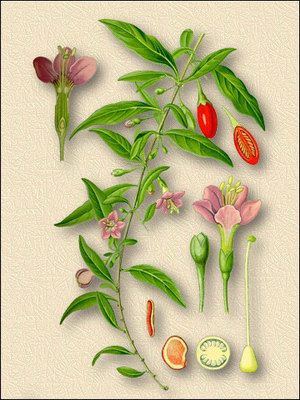

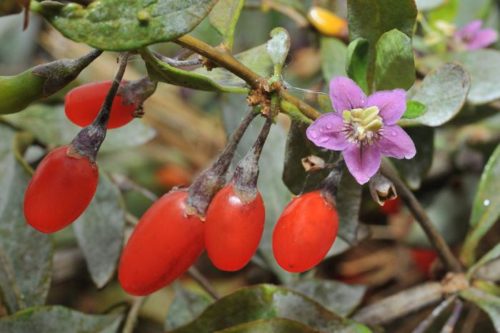
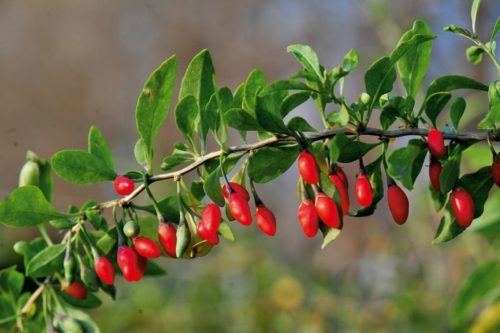
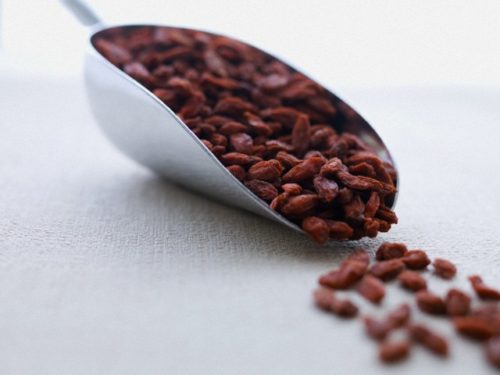

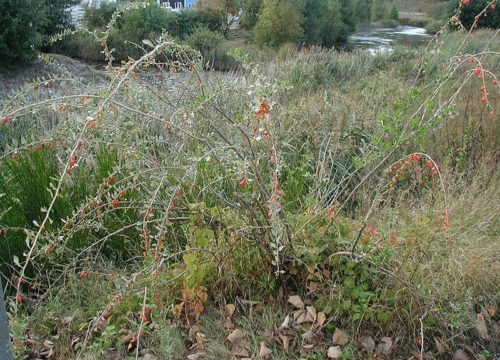
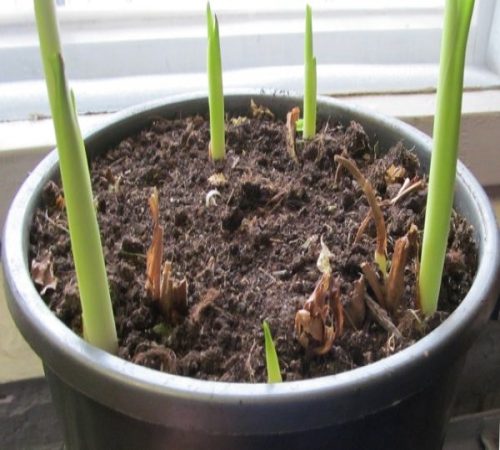
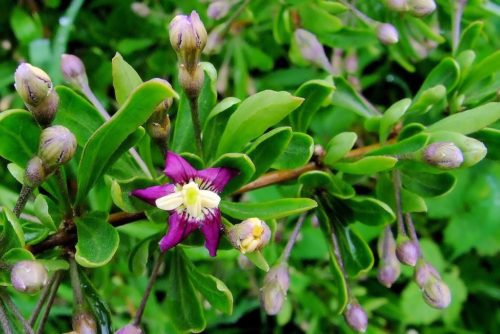
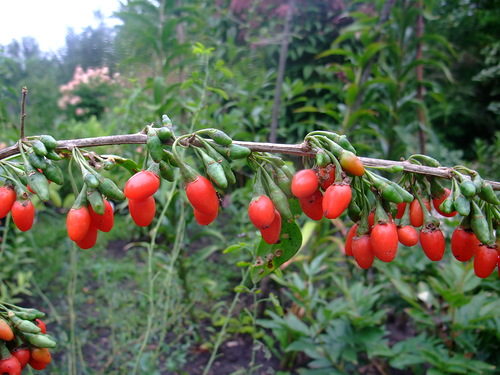
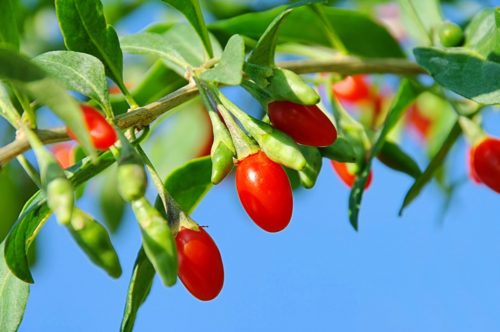
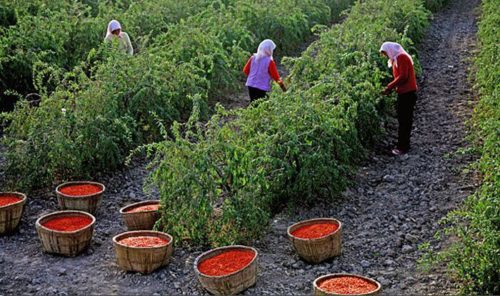
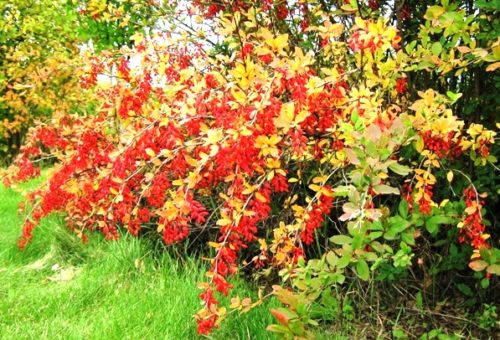












 Start a discussion ...
Start a discussion ...